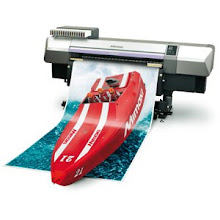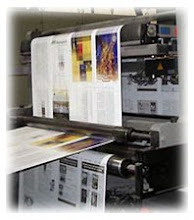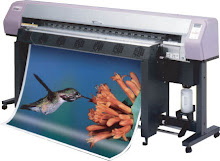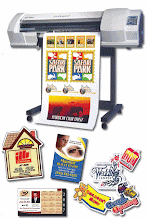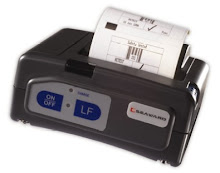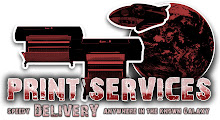Gravure printing, the modern printing technology is nothing but an intaglio printing method, where the picture to be printed is finished up of small depression in the exterior of the printing plate. The plate cells are filled with ink and the surplus is worn off the surface with a doctor cutting edge, then a rubber-covered breaker presses paper onto the plane of the plate and into make contact with the ink in the plate cells. The printing plates are typically made from copper and might be produced by digital etching or laser engraving.
Gravure printing is utilized for long, high-quality print run such as magazine, mail order catalogue, covering, and printing onto cloth as well as wallpaper. It is also utilized for printing postage stamp and ornamental plastic laminates, for example kitchen worktops.
Gravure printing is utilized for long, high-quality print run such as magazine, mail order catalogue, covering, and printing onto cloth as well as wallpaper. It is also utilized for printing postage stamp and ornamental plastic laminates, for example kitchen worktops.







